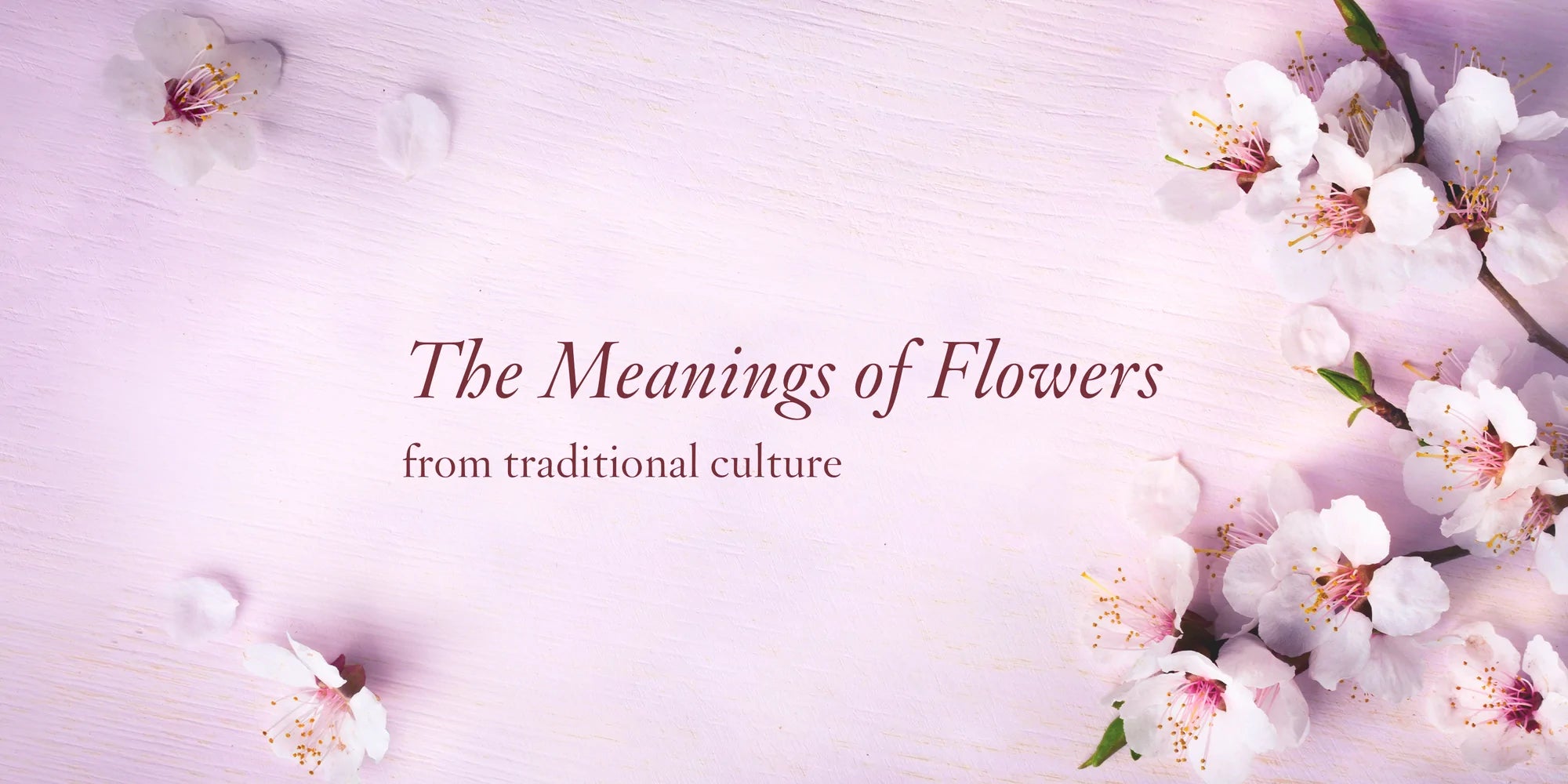
Spring: A Season to Waltz Among the Blossoms
Sarah Chou, Contributing Writer
Nature announces the arrival of Spring with the majestic colors of blooming flowers. As breezes softly blow and floral scents drift gently in the air, this is surely the perfect season to explore the masterpieces of nature.
Aside from their sweet fragrance and beauty, flowers convey beauty and blessings in almost every culture and play an enriching role in our day-to-day lives.
In celebrating the joys of this season, let us take a tour around the wondrous gardens of ages past, exploring the special meaning behind some of the most famous flowers—as well as a famously precious fruit.
Peony
The peony, known as the “Queen of Flowers” for its fullness and beauty, blossoms during the heaviest rainfalls of Spring. It was most adored during the Tang Dynasty, the cultural golden age of ancient China.
As legend has it, the ruthless Tang Empress Wu Zetian, who was bored by the barren landscape in her garden, gave out the order that all flowers must bloom in mid-winter.
Deeply afraid of the Empress and her temper, flowers of the royal garden came into full bloom the next day despite the heavy snow.
As she toured the garden, the Empress was delighted by her power to control nature. However, she became enraged when she came across the one flower that refused to bloom in an unnatural way—the peony.
The Empress then banished the peonies from the capital city to the city of Luoyang, where the flowers came into lovely bloom the following Spring.
Out of great anger, the Empress ordered the peonies be burned. Despite the raging flames, new peonies grew and beautifully bloomed again when Spring came the following year.
The brave peony, recognized for staying strong and righteous even in dire situations, has been the most celebrated flower in the Eastern tradition.
Showcasing exquisite peony patterns inspired by the Shen Yun piece Tang Dynasty Grace, our Tang Flower Collection brings you a timeless touch of style and elegance whatever the occasion.
Orchid
The orchid, which appears among the teachings of Confucius, was a particular favorite among the scholars in ancient China.
Considered the paragon of a Chinese sage, Confucius dedicated his whole life to teaching his students to become gentlemen of high moral character.
His teachings had profound influences in traditional Chinese culture, shaping the foundation for the good ethical standards that we value today.
A story once tells of Confucius and his students encountering orchids in full bloom on a trip deep in the valleys. Using the orchids in front of him as an example, Confucius taught his students a profound lesson.
Despite growing in solitude, the orchids strive to shine with their beauty and fragrance even when no one may be there to appreciate them. In the same manner, one needs to stay noble, strong, and righteous no matter the circumstance.
In honoring the pure character of the orchid as well as the famous Preface penned by the “Sage of Calligraphy” Wang Xizhi, our Poets of the Orchid Pavilion Collection beautifully blends masterful calligraphy with classic landscape art, bringing a sophisticated touch of elegance to your everyday style.
Lotus
Rising clean from mud and rippling water, the lotus has long been a revered symbol of purity and transcendence.
The bright blossom, blooming above the murkiness, represents a person of noble character brilliantly rising out from the darkness of the human world.
Because of its symbolic meaning, the pure lotus is often regarded as a flower of heaven, sharing deep connections with the celestial realms.
As depicted in paintings by the ancients, the celestial maidens were known to spread blessings of peace and happiness upon the earth with sprinkles of heavenly flowers.
Inspired by the pure beauty and grace of the lotuses, our new Lotus Fairies Collection—featuring an elegant necklace, earrings, and a bracelet available in rose gold and silver.
Peach
Long has the peach been cherished as the incredible fruit of immortality. One of the most well-known stories about the precious peach is set in the Great Tang Dynasty.
The famous story centers on the Monkey King, an all-time favorite of Shen Yun’s performances.
Adored by all, the lively spirit of the Monkey King also sparked the inspiration for one of our most playful designs yet, The Peaches of Immortality Scarf.
As legend has it, the Monkey King, before accompanying a monk on his journey for sacred scriptures, was appointed to guard the Immortal Peach Orchard by the Queen Mother of Heaven.
These magical peaches were known to only ripen once every few thousand years and granted immortality to those who ate them.
Out of great curiosity, the mischievous Monkey King caused a huge uproar in the heavenly realm when he was caught feasting on the peaches by the fruit-picking fairies sent by the Queen Mother.
Flying forward to the present day, peaches, though no longer granting immortality, are nevertheless celebrated as symbols of longevity in Chinese culture.









